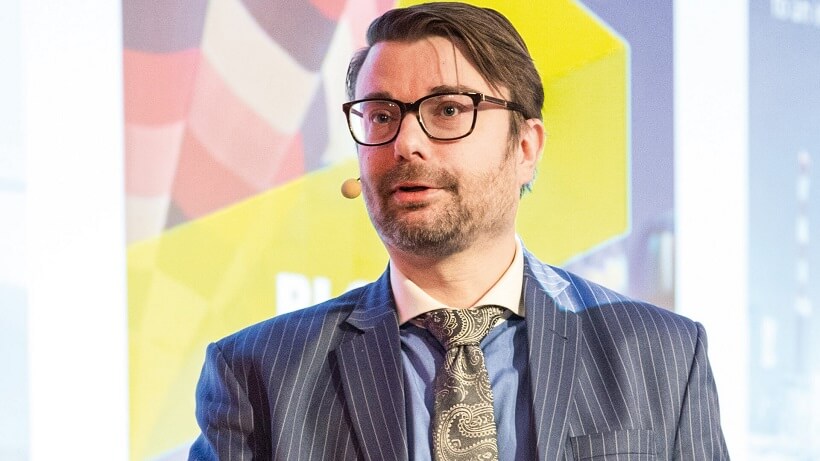
Blockchain technology is now developing beyond the hype
Blockchain technology has inevitably crossed your radar screen by now, probably more than once. Blockchains and distributed ledger technology are reaching the top of Gartner’s hype cycle for emerging technologies as we speak, and they rank highly time and time again on lists with titles such as the tech trends to watch, and the top 10 strategic technology trends in 2017.

But what is actually behind the buzz about the most disruptive technology since the invention of the internet?
“Blockchain is now developing beyond the hype, and many innovative use cases are emerging outside the banking and financing industry and capital markets as well. The creative disruption that the technology will eventually be able to cause remains to be seen,” says Petri Syvänne, Head of Payment Services Nordic at Accenture. Accenture is a member of the Hyperledger Foundation, a consortium dedicated to creating advanced blockchain technology. Accenture is also hands-on in blockchain implementations around the globe and invests in new companies bringing the relevant blockchain use cases to market.
The disruptive potential of blockchain technology is to a great extent based on its ability to establish trust and alleviate interactions in digital ecosystems. With blockchain, the reliability, speed, and visibility of transactions are increased, and organizations and individuals are thus able to trust each other in a peer-to-peer network.
“The benefits of blockchain for the payments industry are talked about a lot, but it can transform any type of interaction that requires making contracts and transferring value or information between parties,” Syvänne explains.
At the moment, business-to-business corporate trade and stock trade, for instance, and in fact many other transactions, from insurance claim disbursements to registration of property ownership, require a considerable amount of work and exchange of documents back and forth, electronically or on paper, between the different parties.
“The parties update and handle the information in their own systems. This causes many delays in the process. In a shared blockchain database, all the event and transaction data could be visible simultaneously to everyone involved. Trading could take place in real-time, at a fraction of the cost and with great transparency.”
Ripple, a startup company is already using blockchain to transfer cross-border payments between banks in real-time, and NASDAQ is piloting a solution that reduces the time needed for clearing and settling trades. Reliable technology is used around the world to manage invoice disputes, store records of academic certificates, and trace diamonds, just to mention a few practical examples. Distributed ledgers could even transform manufacturing value chains.
“A new car could receive a unique identifier code for a shared ledger upon manufacturing. During the lifecycle of the vehicle, events such as ownership changes and registrations, repairs, and accidents would be updated to the ledger, so that the reliable vehicle history could be checked at any time, for instance when purchasing a used car,” Syvänne elaborates.
Smart contracts enabled by blockchain push the real-time transactions and automation possibilities further. In organizations’ purchase-to-pay chains, for instance, a vendor could receive payment automatically when the goods are received according to the order. Smart contracts are already utilized for example in power and utility distribution in Africa, and in Germany, a pilot for managing the billing process at electric car charging stations is ongoing. The buying of and paying for electricity takes place automatically.
According to Petri Syvänne, the many examples demonstrate how the technology helps with skipping unnecessary phases in processes and makes transactions more convenient for all parties.
“The potential is huge. In the future, standardization of the technology will play a role in determining which solutions will be applicable and have a major impact.”